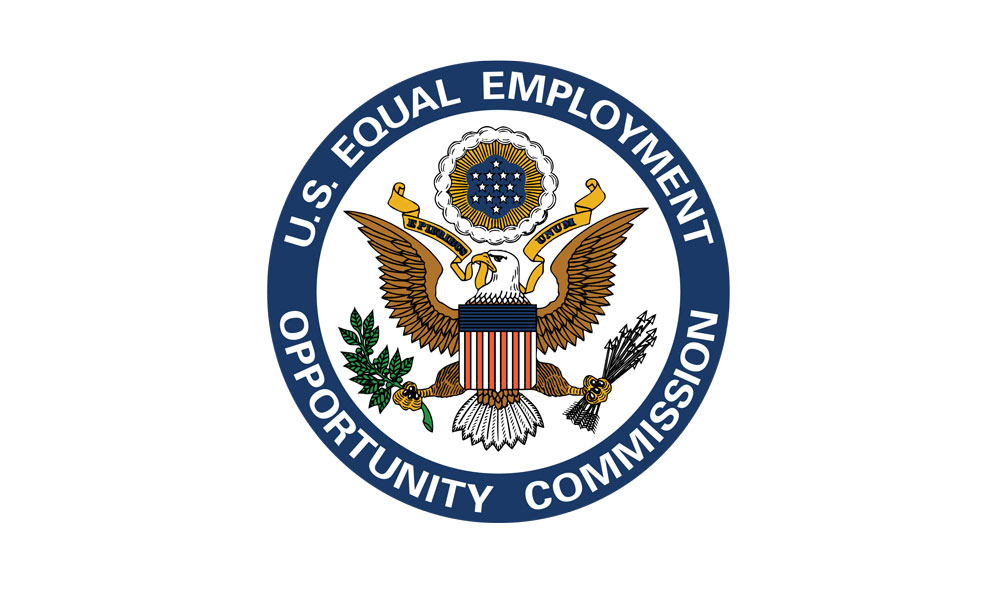Compliance with the Equal Employment Opportunity Commission (EEOC) mandates is a critical aspect of business operations in the United States, particularly concerning the EEO-1 report. Not filing an EEO-1 report can increase a company’s risk of litigation and fines.
Last week, the EEOC filed lawsuits against 15 companies it said repeatedly failed to submit EEO-1 data, including for reporting years 2022 and 2021. The companies were from a cross-section of industries.
Understanding the EEO-1 Report
The EEO-1 Report, officially known as the Employer Information Report, is a compliance survey mandated by federal statute and regulations under Title VII of the Civil Rights Act of 1964. This report collects data from employers about their workforce demographics, specifically focusing on race, ethnicity, and gender across various job categories.
Who Needs to File?
Businesses obligated to file the EEO-1 Report include:
1. Private Employers with 100 or more employees.
2. Federal Contractors with at least 50 employees and a federal contract, subcontract, or purchase order amounting to $50,000 or more.
Key Components of the EEO-1 Report
The EEO-1 Report is structured to collect data on:
1. Employment Data by Race/Ethnicity: This includes categories such as White, Black or African American, Hispanic or Latino, Asian, Native Hawaiian or Other Pacific Islander, American Indian or Alaska Native, and Two or More Races.
2. Gender: Male and female employees in the workforce. The EEOC has been criticized for not including a sex category option for nonbinary workers.
3. Job Categories: From executive/senior level managers to laborers and helpers, spanning a total of 10 job categories. Every job in a business needs to be aligned with one of these 10 categories.
Steps to Comply with EEO-1 Reporting
1. Understand Reporting Deadlines – The EEOC typically announces the opening of the EEO-1 data collection period early in the calendar year.
2. Collect Accurate Workforce Data – Ensure accurate and current records of employees’ race/ethnicity and gender, categorized by job title and function. This process often involves cross-departmental cooperation among HR, payroll, and compliance teams.
3. Utilize the EEOC’s Online Reporting System- The EEO-1 Report must be submitted online through the EEOC’s dedicated portal. Familiarize your team with the system and establish internal checkpoints to verify the accuracy of the data before submission.
4. Implement an Internal Review Process- Conduct an internal audit of the data before submission. This step ensures all information is complete and compliant with EEOC requirements.
5. Stay Informed on Regulatory Updates- EEOC regulations and guidelines can evolve. Regularly review updates from the EEOC and adapt your reporting processes accordingly.
Benefits of Compliance
Complying with EEO-1 reporting isn’t just about meeting legal requirements; it also offers several benefits:
– Promotes Diversity and Inclusion: It allows businesses to assess and address diversity within their workforce.
– Enhances Corporate Reputation: Demonstrates a commitment to equal employment opportunities.
Conclusion
EEO-1 reporting is a vital aspect of promoting transparency and equity in the workplace. By understanding the requirements and establishing robust internal processes, businesses can ensure they comply with the EEOC’s mandates efficiently. Staying ahead of deadlines, maintaining accurate records, and keeping abreast of regulatory changes are foundational steps for successful EEO-1 reporting.
Marzano HR Consulting/Experienced in EEO-1 Reporting
For those businesses reading this and believing they may need to file an EEO-1 report, the deadline unfortunately was June 4th. Pleading ignorance may not prevent a company from getting sued by the EEOC or make it easier to defend a claim of discrimination.
But now should be the time businesses who need to comply with EEO-1 reporting work toward complying and submitting their EEO-1 report next year.
Marzano Human Resources Consulting works with businesses in the completion and submission of EEO-1 reports. We ensure that each company is properly collecting the necessary data needed to comply with the EEO-1 reporting guidelines. We then audit the data before submission and, in certain instances, act as the certifying agent to the EEOC.
Businesses should consider reaching out to us for a no-cost initial consultation.

